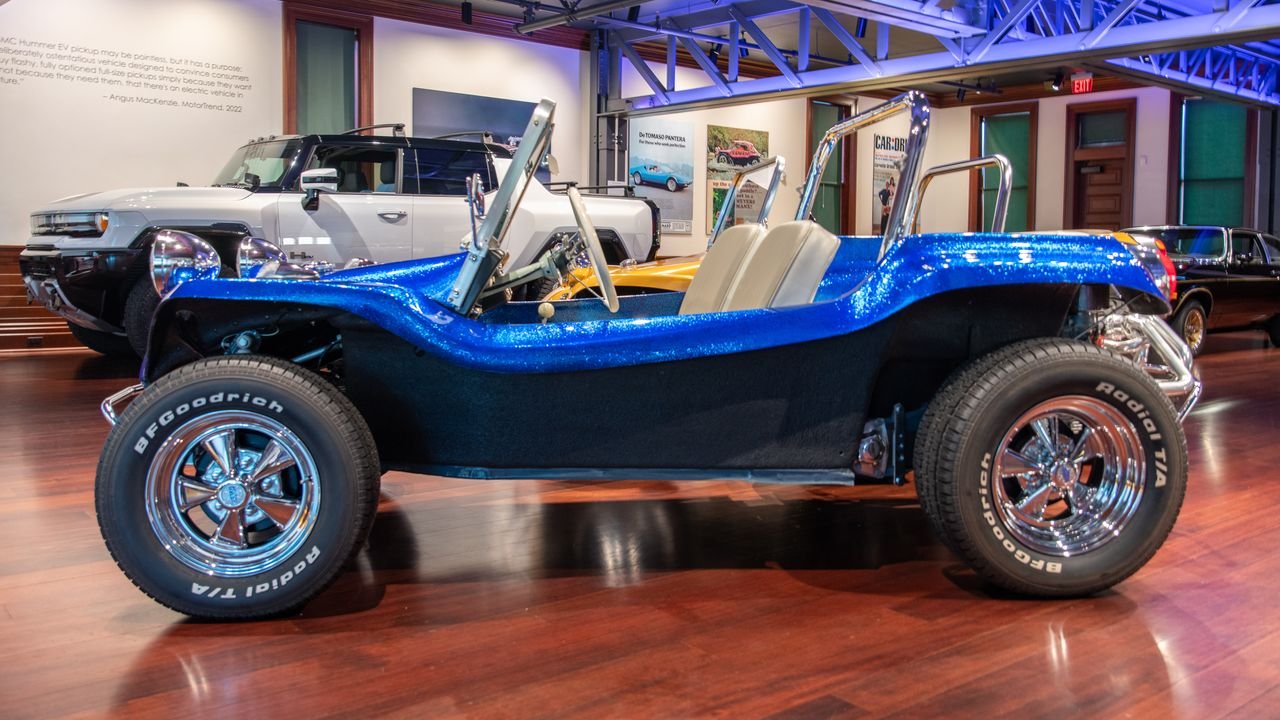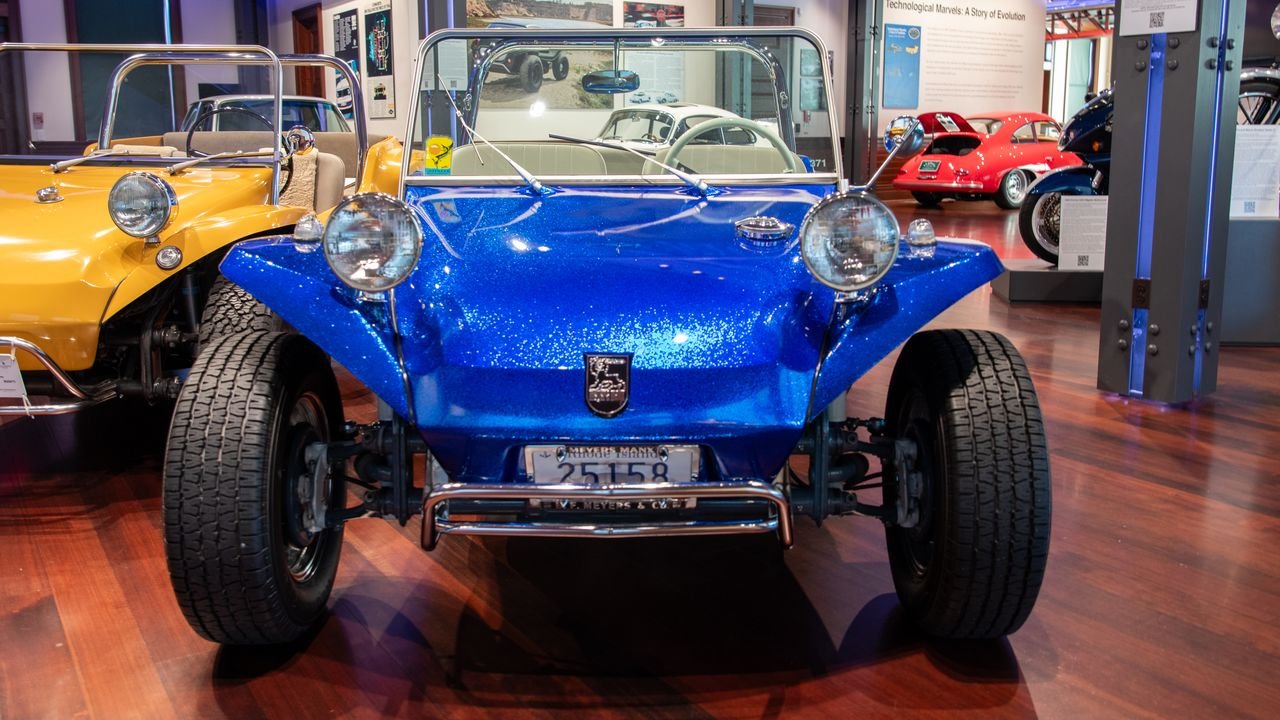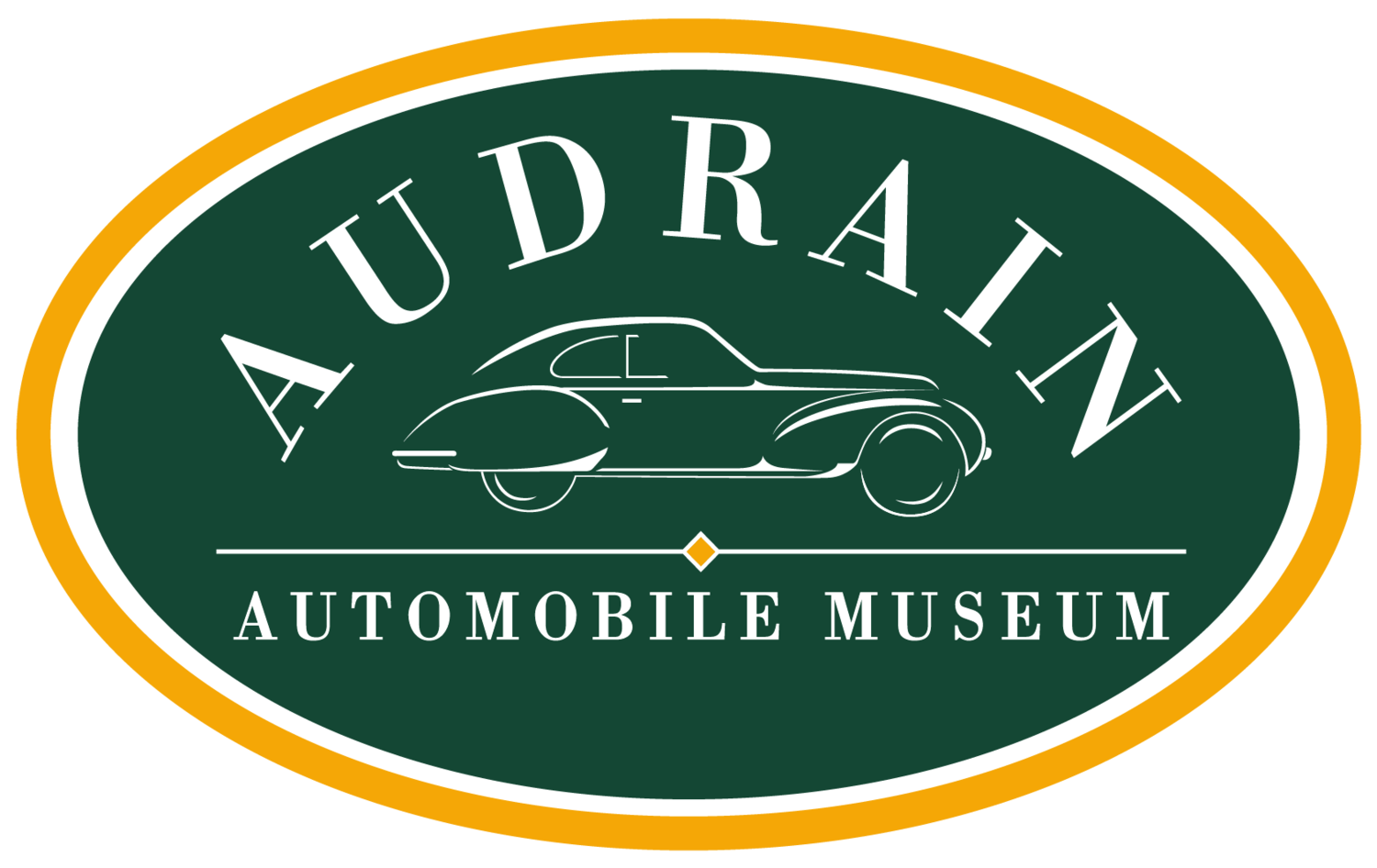1968 Meyers Manx Dune Buggy




Kit car that allows you the fun and run of your imagination
This is an early Manx, Chassis # 1436707, one of the first 2,500 produced
VW chassis and engine, fitted with period-correct accessories
Southern California native Bruce Meyers grew up in the early days of surfing and drag racing. He took his engineering and artistic prowess, inspired by the Pismo Beach dune buggy scene, incorporating his experience into building fiberglass boats, and built the first fiberglass-bodied lightweight dune buggy, the Meyers Manx.
“Meyers started the first Manx in 1963 and completed it in 1964. The car's simple shape belies some rather sophisticated composite work, with embedded steel in a structural, monocoque fiberglass body bolted to the suspension and running gear of a VW Bug. The car was a hit amongst fellow buggy enthusiasts, and received enough media attention (including covers of the Aug. '66 HOT ROD and April '67 Car and Driver) to start orders coming in. Meyers wanted to prove the buggy’s value beyond its good looks.
Meyers and his friends were regular visitors to the wilds of the Baja Peninsula, well before any official races were run there. Honda Motor Co. was using the Tijuana to La Paz route as a publicity stunt to promote its motorcycles, and Meyers and his friend, Ted Mangels, thought they could do the run in less time than the publicized 39 hours and 56 minutes held by bike racer Dave Ekins.
Engines in Manx’s range from stock Type 1 VW bug motors to Corvair flat-sixes or modern turbocharged Subaru powerplants. We've even seen V8s. Basically, if you can attach it, you can run it, but the most popular setups seem to be the VW and the Corvair.
The word was out—the Manx was hot, and people wanted it. Meyers had made 12 of the original design before realizing it was unfeasible for mass production. "People didn't really care about the monocoque design," Meyers says. "They just wanted it to be cheap and easy, plus they didn't like throwing away the rest of the VW, and neither did I." The redesigned Manx kit used the chassis of the VW Bug, shortened by approximately 14 inches. Owners used the VW pedal assemblies, shift levers, linkages, transaxle, trailing-arm assemblies, and engine as well as whatever gauges, seats, steering wheel, and other pieces they desired from the donor bug or from many buggy accessory catalogs available at the time.
Costing about $600 plus a wrecked VW, the Meyers Manx was a good deal, maybe too good.” – excerpt from an article by Elana Scherr on the history of the Meyers Manx dune buggy history in MotorTrend.
Specifications:
Configuration: Rear-engine, rear wheel drive
Engine: 1.5L opposed 4-cylinder, custom exhaust
Power: approx. 70 hp
Transmission: 4-speed manual
Brakes: 4-wheel drum brakes

